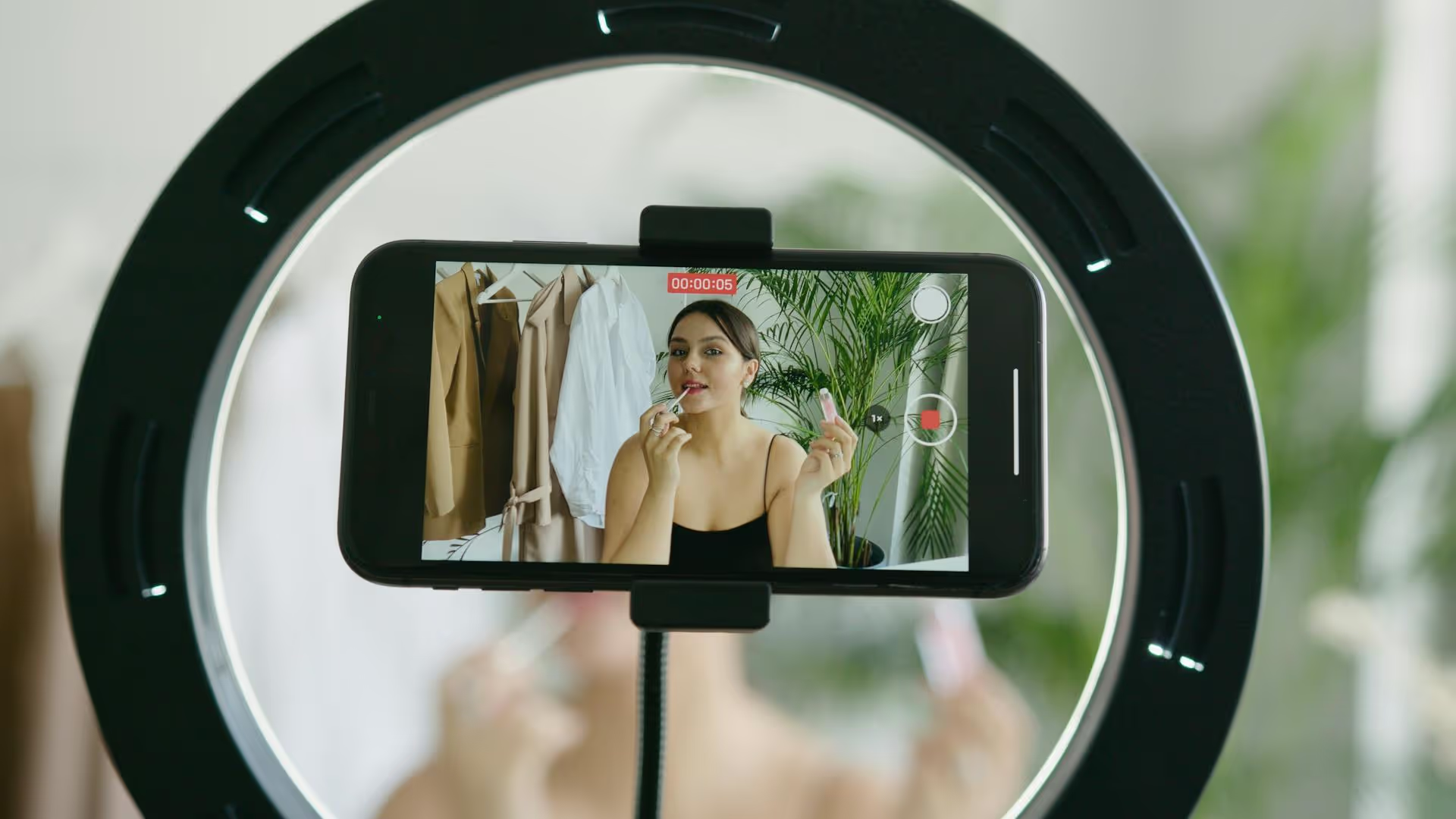How to Add Social Media Icons to an Email Signature
Enhance your email signature by adding social media icons. Discover step-by-step instructions to turn every email into a powerful marketing tool.

Sharing your life or brand on social media doesn't have to mean handing over your privacy. The line between being visible and being overexposed has become incredibly fine, leaving many creators and businesses wondering how to protect themselves without disappearing completely. This guide will walk you through actionable steps to audit your current privacy settings, lock down your accounts on major platforms, and adopt smart habits to keep your private information safe - both for your personal profile and your brand.
Before you can fix potential issues, you need a clear picture of what information about you is already out there. A quick digital audit gives you a baseline and often reveals forgotten accounts or public posts you thought were private. Taking 15 minutes to do this can be incredibly revealing.
The simplest first step is often the most effective. Open an incognito browser window (so your search history doesn't influence the results) and search for your name, your business name, and any common usernames you use. You might be surprised by what comes up.
You can control what you post, but you also need to manage what others post about you. Most platforms allow you to review and approve tags before they appear on your profile. This is your first line of defense against unwanted public association.
Take some time to go through your existing tagged content and untag yourself from anything that you're not comfortable with being publicly visible on your profile.
Every time you use your social media account to log into another service - a quiz, a free tool, a game - you grant that service access to some of your data. Over the years, these permissions can pile up, creating potential security vulnerabilities.
Regularly cleaning out these app permissions closes old backdoors to your personal information.
Each social media platform has its own unique set of privacy controls. While a completely private profile may not be an option for a public brand, you can still customize who sees what. Here's how to fine-tune the settings on the most popular platforms.
Instagram is built on visual sharing, which makes privacy controls particularly important.
Facebook offers a comprehensive, if sometimes confusing, set of privacy options. The best place to start is their guided review.
Even on a professional network, you don't need to share everything with everyone.
The settings are the fences around your house, but your daily habits are the keys you hand out to visitors. Conscientious daily practices can make an even bigger difference.
This is the oldest advice in the book, but it's still the most important. Before sharing anything, get into the habit of asking yourself: Is this something I want online forever? Is my photo background revealing? A street sign? Your house number? Your car's license plate? These details can leak information about you that you hope to keep unseen.
Be Skeptical of Friend Requests: Scammers and hackers often use phishing techniques to gain access to your account. Be cautious of any friend requests sent over direct message (DM). If an acquaintance or a random person asks for your phone number or to click a weird link, it is likely they are impersonating someone. Legitimate companies will never ask for your login password via DM.
This is one of the basic security practices everyone should have, and it's especially important for social media.
If you are managing a social media account, your responsibility extends beyond your personal account. You are responsible for protecting the privacy of your followers and audience.
While sharing UGC can be an amazing way to build community, always ask permission before posting anything originally submitted by a user. A simple comment like "Can we share this?" shows respect and builds trust. Be clear about how you plan to use their content and stick to what you told them you would do.
If you collect user data, such as through a contest or an email subscription form, you should have a clear privacy policy that simply explains what you collect, how you use it, and who it is shared with. This builds transparency and helps people make informed decisions about interacting with your brand.
It's common practice for multiple team members to share social media login details, which is a privacy nightmare. As a safeguard, each team member should have their own login credentials on a platform that consolidates social media management. This can help without the risk of shared login details.
Handling social media privacy is an ongoing practice, and by refining your presence, managing platforms, and adopting smart daily habits, you can create a safer online experience for yourself and your audience.
Enhance your email signature by adding social media icons. Discover step-by-step instructions to turn every email into a powerful marketing tool.
Learn how to add your Etsy link to Pinterest and drive traffic to your shop. Discover strategies to create converting pins and turn browsers into customers.
Grant access to your Facebook Business Manager securely. Follow our step-by-step guide to add users and assign permissions without sharing your password.
Record clear audio for Instagram Reels with this guide. Learn actionable steps to create professional-sounding audio, using just your phone or upgraded gear.
Add translations to Instagram posts and connect globally. Learn manual techniques and discover Instagram's automatic translation features in this guide.
Optimize your Facebook Business Page for growth and sales with strategic tweaks. Learn to engage your community, create captivating content, and refine strategies.
Wrestling with social media? It doesn’t have to be this hard. Plan your content, schedule posts, respond to comments, and analyze performance — all in one simple, easy-to-use tool.